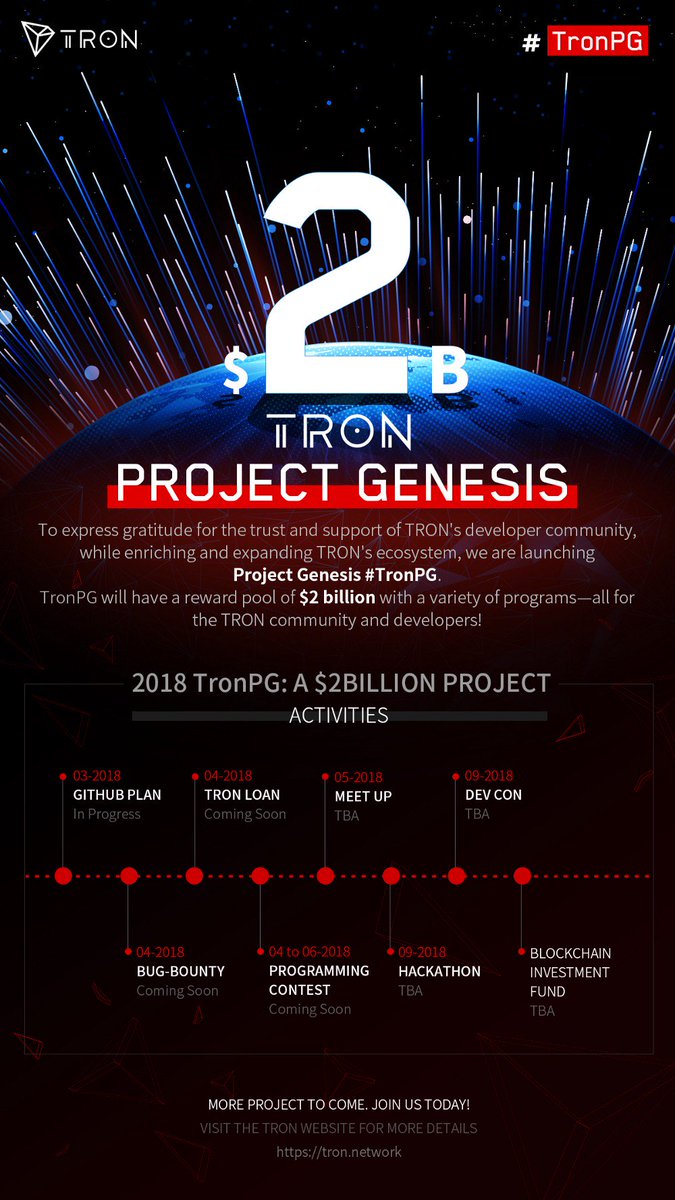Patrick Springer spent 20 years working for Morgan Stanley as an investment specialist. Specifically, his job was to help institutional investors make informed decisions in global equity markets. Now, despite the bitcoin market meltdown, he’s flung himself headlong into crypto becoming an advisor for Polybird Exchange. Why? Because “it’s important for people to challenge themselves at different times in their careers.”
Despite no longer working for Morgan Stanley, after two decades on the inside he’s pretty well poised to provide his opinion on how — and when — institutional investors will enter the cryptocurrency space. And he believes we’re not there yet.
Institutional Investors Will Only Enter When the Conditions are Right
Wall Street companies, he says, will adopt aspects of blockchain only if certain conditions are met. This starts with sufficient demand from their existing clients. Blockchain technology also needs to provide them with significant cost savings or market share opportunities.
“The demand for bitcoin futures and ETFs by core institutional investors has still not been determined yet,” Patrick states.
The damage from the crypto meltdown in 2018 plus the numerous regulatory issues will take time for the market to digest.
At the same time, he adds, “incumbents in trading, settlement, and payments already have such large market shares and current systems are reasonably efficient for existing uses that there is not a lot of incentive to be an aggressive first-mover.”
Why Enter the Blockchain Space amid Such a Panorama?
Despite the bitcoin price crash, Springer firmly believes that blockchain-based securities are here to stay. “There is increasing confidence in stablecoins, and there will be new types of blockchain securities for investors to look at.
Tokenized assets, meaning digital tokens of real assets will begin, creating opportunities in many different types of asset markets.
Having worked with institutional investors for most of his career, he believes that the change will come. And that asset tokenization holds the key to unlocking the capital.
“Institutional and accredited investors will be attracted to an emerging asset class of tokens that provide ownership interests more easily or provide streams of income in a secure manner. Over time, bulge bracket players will look to provide investment solutions for their clients. Fidelity’s commitment and movement in the space is something to keep an eye on.”
As an advisor to the Polybird Exchange, he says: “What excites me about this project is that they are pursuing a market opportunity that many don’t yet understand, and it can bring huge benefits to individual investors, small and large companies, and to the efficiency of the global economy itself.”
The Importance of Asset Tokenization
Beyond offering an alternative system of finance, Springer sees blockchain as an “enormous threat” to the current system of consumer credit payments and bank transfer fees. However, it’s the digitization of equities, bonds, and assets that will really change the game.
There is an enormous opportunity to make different types of real estate investments available to more investors — and at the same time to make more financing channels available to real estate developers of all sizes.
Tokenizing assets — the process of digitally encrypting titles, licenses, and other rights and governed by smart contracts, will reduce frictions in the market. Listing them on a global marketplace where more investors can evaluate, value, and transact more seamlessly will lead to better capital allocation and a more efficient economy.”The number of companies publicly listed on US stock exchanges has halved since the year 2000. In fact, some analysts are even saying that IPOs are dead. According to Springer, while the reasons for this are multiple, this suggests that:
Our current capital markets do not address the needs of large swaths of the economy. Digitizing assets can bring benefits to asset markets that are currently private in nature and have a lot of cost frictions. That is why I am excited about tokenization.
Is the Tokenization of Publicly Traded Companies Actually Feasible?
It sounds perfectly viable in theory, however, is it really possible? Instead of owning stocks and shares, can people really own fractions of assets through purchasing tokens?
“It’s entirely feasible, but the use case for doing it has to be fully developed and thought out, he says. “Currently, equities of public companies in major economies like the US trade and settle very efficiently. Liquidity varies by security but that depends on the underlying interest in the fundamentals of that security.
Tokenizing a currently existing security does not necessarily mean that there will be sufficient demand and liquidity for it. In the United States markets, there are many overseas ADRs (American depositary shares) that have very low liquidity.Brock Pierce, a co-founder of Blockchain Capital, a major venture capital firm that focuses on the crypto sector, has said that EOS and TRON are thriving based on the number of decentralized applications (DApps) and active users on the two smart contract blockchain protocols.
In the past year, as alternatives to Ethereum (ETH), both EOS and TRON have focused on scalability to create a more efficient ecosystem for developers.
Although Ethereum still remains in control of the market as the first major smart contract protocol, a Dapp.com report revealed that EOS and TRON are experiencing a rapid rate of growth and closing their gap with Ethereum.
Is the Bet of EOS and TRON to Focus on Scalability Appealing to Developers in Crypto?
According to Dapp.com, EOS has recorded the highest number of on-chain transactions in 2018 amongst all smart contract blockchain networks, overtaking Ethereum, TRON, Cardano, and Steem.
The researchers wrote:
EOS has become the largest blockchain in terms of transaction amounts and transaction volume within two quarters in 2018. 97% of transactions were from gambling, and 75% of transactions volume was contributed by betting games.
EOS, TRON and other scalability focused blockchain projects are able to achieve a high daily transaction volume due to the presence of a group of nodes that hold more authority than the rest in the community.
EOS and TRON have a group of nodes called Masternodes in place which take on many of the key roles that affect the long-term growth and sustainability of their respective blockchain networks.
“EOS Masternodes are taking the key roles to expand the EOS dapp ecosystem. They have developed various tools to facilitate account set up and resources lending. And a lot of EOS dapps are advised or invested by the Masternodes,” the researchers noted.
One common criticism against the two projects is that the existence of a group of node operators with more authority than others present a higher level of centralization in comparison to Ethereum and other structurally decentralized cryptocurrencies such as Bitcoin.
Previously, Nick Szabo, a cryptocurrency and smart contract pioneer, raised his concern in regard to the ability of EOS to freeze wallets or funds based on criteria established by a certain group of individuals.
Szabo explained:
In EOS a few complete strangers can freeze what users thought was their money. Under the EOS protocol you must trust a ‘constitutional’ organization comprised of people you will likely never get to know. The EOS constitution’ is socially unscalable and a security hole.
As such, while scalability focused blockchain networks can typically achieve a higher transaction volume capacity, there exists a trade-off between scalability and decentralization.
For developers, especially teams working on DApps, scalability is crucial in processing large batches of data in short time frames. Throughout the past three months, EOS and TRON have found success in appealing to developers and DApps that require flexibility in terms of data processing and capacity.
TRON’s Aggressive Approach
The researchers at DApp.com emphasized that TRON, a blockchain project led by Justin Sun, is aggressively pushing for the adoption of its protocol. The report stated that TRON launched a $2 billion project, which was confirmed by Sun, and spends hundreds of millions of dollars to promote its DApp ecosystem.
So far, TRON’s approach has paid off. In the past three months, TRON has outperformed both the U.S. dollar and Bitcoin. However, it remains to be seen whether the momentum of TRON is sustainable, especially pertaining to its price given that analysts generally expect the bear market of cryptocurrencies to extend throughout 2019.
Also, from its all-time high, the price of TRON remains down by more than 89 percent. In a one-year span, Bitcoin still remains as the better performing cryptocurrency over both TRON and EOS.























No comments:
Post a Comment